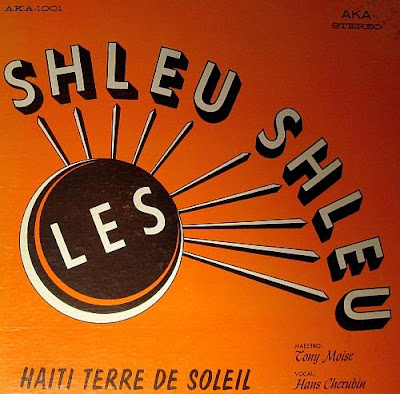"Born twenty-six years ago, at Vlakfontein, Northern Transvaal, Spokes' days were very similar to those of every country-born African. As a toddler, he spent his days tending his father's cattle, and to while away the long hours, he tried his hand at the primitive African reed flute. This soon became his constant companion and his prowess made him popular with his young friends. The time came when rural life began to pall and Spokes made for the " big city "-Johannesburg.
It was as a domestic servant that Spokes became wise to city ways, and one of his first acquisitions was a genuine " Penny Whistle "-costing 4s. 6d.! Still much of a novelty, Africans in various parts of the country were experimenting with this new musical toy, and Spokes immediately became a popular guest at parties because he was able to produce a " new sound."
The design of the South African penny whistle is the same as that throughout the world, but, by placing the mouthpiece vertically against the inside of his left cheek and by introducing an entirely new fingering system, he was able to produce a roundness of tone hitherto unknown with this limited musical instrument.
It was while playing at an impromptu street-corner musical session, that Spokes was spotted by African talent scout Strike Vilakazi. Vilakazi, who has been responsible for the discovery of numerous African musicians, rushed Spokes to the studio for a test recording.
Since those early days, Spokes and the penny whistle have grown in stature. Mashiyane is appearing on the world's hit parades with numbers like "Jika Spokes," "French Fried" and "The Boys from Jo'burg." A far cry from the days of cattle herding and the reed flute!
This long-player carries a varied selection of Spokes' work-showing clearly why Mashiyane with his versatile and highly individualistic approach, has been crowned"
This long-player carries a varied selection of Spokes' work-showing clearly why Mashiyane with his versatile and highly individualistic approach, has been crowned"
"King Kwela."
C.H.W.
from the notes of King Kwela via flatinternational
Spokes Mashiyane the man who found the inspiration for his tunes in his dreams
the true
King of Kwela
Spokes Mashiyane the man who found the inspiration for his tunes in his dreams
the true
King of Kwela



































